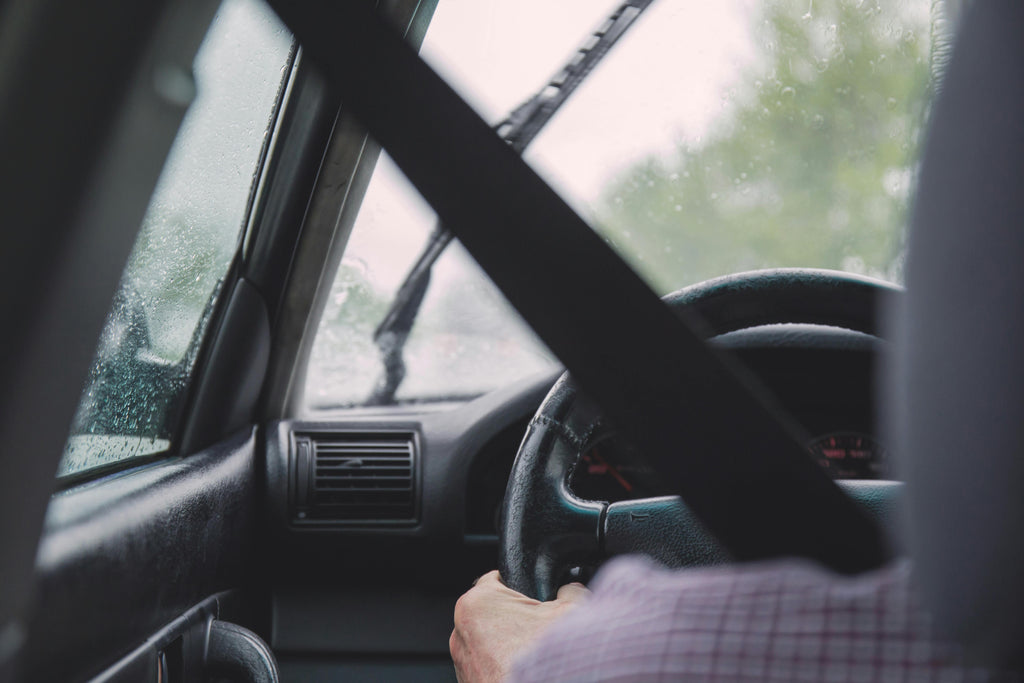As parents, ensuring our children's safety is paramount, especially when travelling in a vehicle. Child safety in the car is not just a precaution but a legal and moral obligation. Explore the crucial aspects of proper car seat usage and regulations, equipping you with the knowledge to keep your little ones safe and secure on the road.

Understanding the Importance of Child Safety in the Car
Protecting our children is every parent's priority, especially regarding their safety on the road. In this section, we'll explore the critical role that proper car seat usage plays in safeguarding our little ones during travel. From infancy to adolescence, ensuring they are securely restrained is not just a precaution; it's a responsibility we cannot overlook.
The Critical Role of Car Seats
From infancy to adolescence, proper car seat usage is non-negotiable. Car seats serve as the first line of defence in a collision, significantly reducing the risk of injury or fatality—however, their effectiveness hinges on correct installation and adherence to regulations.
Primary Protection in Collisions
Car seats are designed to absorb impact forces and distribute them away from a child's vulnerable body. In the unfortunate event of a collision, they serve as the first line of defence, mitigating the risk of severe injuries or fatalities.
Support for Fragile Bodies
Infants and young children have delicate necks and developing bodies requiring specialised travel support. Car seats provide the necessary cushioning and restraint to keep them secure and minimise the risk of neck or spinal injuries in sudden stops or accidents.
Prevention of Ejection
One of the gravest dangers in a car accident is the possibility of ejection from the vehicle. Properly installed car seats act as a barrier, preventing children from being thrown out of the car upon impact, significantly reducing the likelihood of catastrophic injuries.
Stability During Maneuvers
Even routine driving manoeuvres like braking or turning can pose risks to unrestrained children. Car seats ensure that they remain securely in place, minimising the chances of being jostled or thrown around the vehicle, which could lead to injuries from hitting hard surfaces or other occupants.
Protection from Secondary Impact
In a collision, secondary impacts within the vehicle can occur as objects or occupants are thrown about. Car seats provide a protective cocoon, shielding children from such impacts and reducing the risk of injuries caused by contact with other passengers or objects within the vehicle.

Navigating Car Seat Regulations
Child restraint laws vary by state and country, mandating specific age, weight, and height guidelines. Familiarise yourself with the regulations applicable to your region, ensuring compliance to avoid legal repercussions and, more importantly, safeguard your child's well-being.
State and Country Variations
Child restraint laws differ from one state or country to another, with each jurisdiction having its own set of guidelines regarding the appropriate use of car seats based on factors such as age, weight, and height.
Age, Weight, and Height Guidelines
Regulations typically specify the minimum age, weight, and height requirements for various car seats, including rear-facing, forward-facing, and booster seats. Understanding these guidelines is essential for ensuring that children are safely restrained according to their developmental stage and physical characteristics.
Legal Compliance
Familiarise yourself with the specific regulations applicable to your region to ensure legal compliance. Ignorance of the law is not an excuse, and failure to adhere to these regulations can result in legal repercussions, including fines and penalties.
Safety Considerations
While compliance with car seat regulations is essential for legal reasons, it's even more crucial for the safety and well-being of your child. Adhering to these guidelines helps minimise the risk of injury or fatality in a collision, providing maximum protection for your little one.
Regular Updates
Car seat regulations may undergo changes or updates over time, reflecting advancements in safety technology and research. Stay informed about any updates to ensure you follow the most current guidelines and provide your child with the highest level of protection.

Regular Safety Checks
Routine inspections of your child's car seat are crucial. Ensure straps are snug, chest clips are positioned at armpit level, and the seat remains securely anchored to the vehicle. Additionally, periodically review the seat's expiration date as materials degrade, compromising safety.
Lead by Example
Children learn by observation, making their behaviour behind the wheel instrumental in shaping their attitudes toward safety. Demonstrate responsible driving habits, such as wearing seat belts and refraining from distractions, to instil lifelong practices in your young passengers.
Maximise Effectiveness
Routine safety checks ensure that your child's car seat remains in optimal condition, maximising its effectiveness in protecting them during travel. By promptly identifying and addressing any issues, you can maintain the seat's ability to restrain your child securely in the event of a collision.
Minimise Risk of Injury
Properly adjusted straps and correctly positioned chest clips help minimise the risk of injury to your child during sudden stops or accidents. Ensuring a snug fit and proper alignment of safety features reduces the likelihood of your child being thrown from or against the car seat, mitigating potential harm.
Ensure Secure Installation
Verifying that the car seat is securely anchored to the vehicle's seat is crucial for preventing movement or detachment during travel. A properly installed car seat remains stable, reducing the risk of injury caused by the seat shifting or becoming dislodged in the event of a crash.
Compliance with Safety Standards
Regular safety checks help ensure your child's car seat meets all applicable safety standards and regulations. By adhering to these standards, you provide your child with the highest level of protection and minimise the risk of legal repercussions for non-compliance.
Prolonged Lifespan
Monitoring the expiration date and conducting visual inspections for damage prolongs the lifespan of the car seat, ensuring that it remains safe and functional for as long as possible. By replacing the seat when necessary and addressing any issues promptly, you can continue to rely on it for the safe transport of your child.

Conclusion
Child safety in the car transcends mere precaution; it's a fundamental obligation we owe to our children. By adhering to proper car seat usage and regulations, we comply with the law and prioritise the well-being of our most precious cargo.
Crafting a blog that caters to parents' concerns about child safety in the car necessitates a delicate balance of information and empathy. It's about empowering caregivers with the tools to make informed decisions while acknowledging the emotional weight of the subject matter.
By humanising the content, we bridge the gap between technical regulations and genuine parental instincts, fostering a community dedicated to keeping our children safe on the road.
Please browse our products or contact us if you need assistance.
